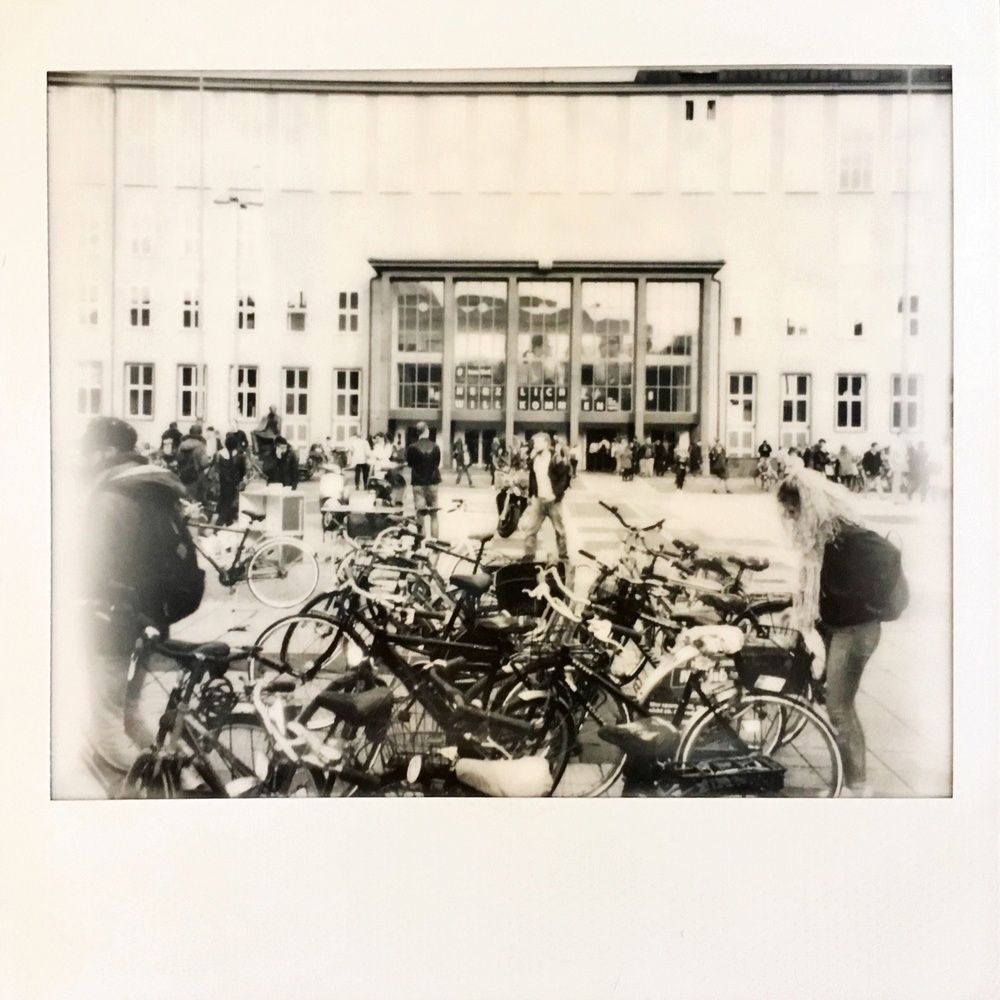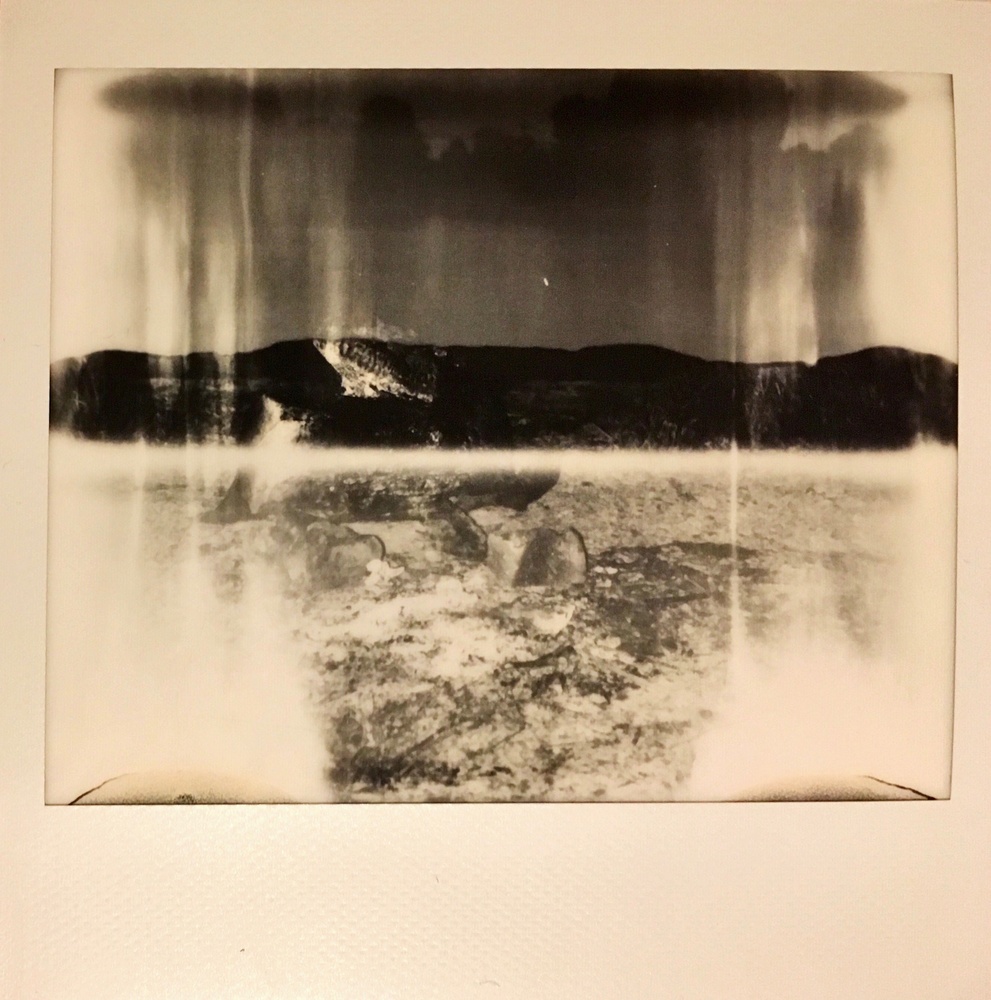This year, October 15 through October 22, was Polaroid Week 2016 (also known, in a somewhat noisier fashion, as 'RoidWeek). On a whim, I decided to join in. Polaroid Week has been going on since 2006, but it has grown in recent years. It is held twice yearly, once in spring and again in fall.
Polaroid Week uses the #polaroidweek hashtag on hashtag-happy social mediums such as Twitter and Instagram, and is centered on a Flickr group (a new group is created for every instance of 'RoidWeek) which you simply join and post pictures to. Keeping with the spirit of not throwing away shots left and right, but instead making the most of your expensive film stock, uploads are limited to two per day per person. Posting is meant to be instant as well by using a scanner at home, or a phone snapshot of the picture you just took.
Instant Developments
Film photography as a viable form of photographic expression has stabilized somewhat, after a precipitous drop in the 2000s. Instant film photography has even grown. This year's Photokina brought news regarding instant cameras and film from Leica and from Fujifilm, among others. Leica released its Leica Sofort, an instant film camera closely modeled on Fujifilm's Instax Mini Neo 90, and using the same Instax Mini film. Leica even sells its own version of the film, though this is essentially a rebranded Instax.

Silhouetted River View. Instax Mini Neo 90.
Fujifilm announced a new black-and-white film for its popular Instax Mini cameras and revealed that it was developing cameras for a new, square instant film format at Photokina as well. These pictures will have the same 1:1 aspect ratio as the well-known original Polaroid SX-70 film that came out in the 1970s, and a version of which continues to be made by the Impossible Project, but it would be smaller. The new Instax Square, in essence, will be an Instax Mini frame extended on the sides to be a square.
Meanwhile, New55 has been making instant film for 4x5 cameras since 2014. New 55 is a version of the Polaroid Type 55 black and white peel-apart film — a format which gave us such iconic Ansel Adams landscape images as "El Capitan Winter Sunrise," but which Polaroid stopped producing in 2008.

Now Is the Start. First Week of Class at the University of Cologne. Minolta Instant Pro and Impossible B&W Spectra Film.
The Impossible Project itself, up until recently, were the only makers of instant film relying on the availability of old Polaroids to be used as cameras. They debuted their I-1 in April, making 2016 truly the year of instant. What is happening in instant photography is not quite a rebirth, as it was never really gone, but it is a rejuvenation of sorts. The takeaway, despite the convoluted mix of formats made by several makers that exist today, and despite the sometimes quite high price of entry, is this: There are a lot of instant photo options to choose from.
For completeness's sake, the Polaroid Snap cameras and the company's earlier cameras based on the ZINK, or "zero ink" technology, while fun, are not technically instant film cameras. They are digital cameras with a built-in printer.
Instant Gratification
My own contributions to the Polaroid Week pool for fall 2016 were certainly not spectacular. I quickly realized that this kind of photography was very different from the kind of instant photos we have become used to, the ones that show up immediately on a smartphone screen or on the display on the back of a DSLR. It wasn't something I was quite comfortable with. It wasn't something that came naturally. It wasn't, for want of a better term, quite me.
Taking off the pressure, I did have fun nonetheless, though. I focused on details and on compositions that I might not otherwise have found worthy of an image. In part, it was the unpredictability of instant that made the pictures. I set out with a 1990 Minolta Instant Pro, a camera using the Spectra (in the U.S.), or Image (elsewhere), film Polaroid promoted as a larger, more conventional alternative to its iconic square image beginning in 1986. I fed it expired Impossible B&W Spectra film and dutifully carried it around in my work backpack. The expired film wasn't always reliable. This was even more of an issue since a pack of it only contains eight images, so any do-overs would mean losing a precious frame I could have used on another subject.

The Minolta Instant Pro Spectra Camera
To have a bit more room for error, I also added a modern Fujifilm Instax Neo 90 into the mix. The color images resulting from this were closer to what I had seen, but they were also somehow lacking in specialness. They were photos, yes, and they magically appeared right there under my eyes after I had taken them, but the real magic seemed to be in the less perfect, less fully mass-produced photos that came out of my generation-old Spectra camera. They were ethereal and unreal, and not just because they were in black and white.
Instant photography is a niche within a niche, and given the scarcity in cameras that are able to achieve the kinds of results professional photography often calls for these days, it has very limited use. Wedding photography packages sometimes include instant pictures, usually taken on Fujifilm's larger Instax Wide film. Camera options are very limited for this format, however, and most offer very little in terms of framing accuracy or focusing and exposure options. They are bulbous beasts.

(Un)happy Accidents. A Riverside View Gone Wrong. Minolta Instant Pro and Impossible B&W Spectra Film.
As long as you can make instant work for you, however, it gives you a sense of wonder that no other type of photography can provide. Only in instant photography do chemistry and imaging technology combine to produce a picture that develops right under your eyes, in just a few seconds or minutes. You can get some of that feeling in a darkroom, with images swimming to life in trays under a safety light. But such photos are the product of a long process that only begins with you pushing the shutter. In instant photography, you get what you saw, or some version thereof, and you get it while the memory is still fresh. I may wax poetic, but seriously, try it sometime.
Want to Participate?
The next Polaroid Week will go from April 16 through April 21, 2017. That means there's time enough to pick up an old SX-70 or Spectra camera, to put a new Instax camera on a holiday or birthday list, or to dig out that unused Spice Cam from under a load of 1990s clothing up in the attic and buy some film. It's worth it.







No news on pack film? :(
Unfortunately not 😐